overleaf template galleryCommunity articles — Recent
Papers, presentations, reports and more, written in LaTeX and published by our community.
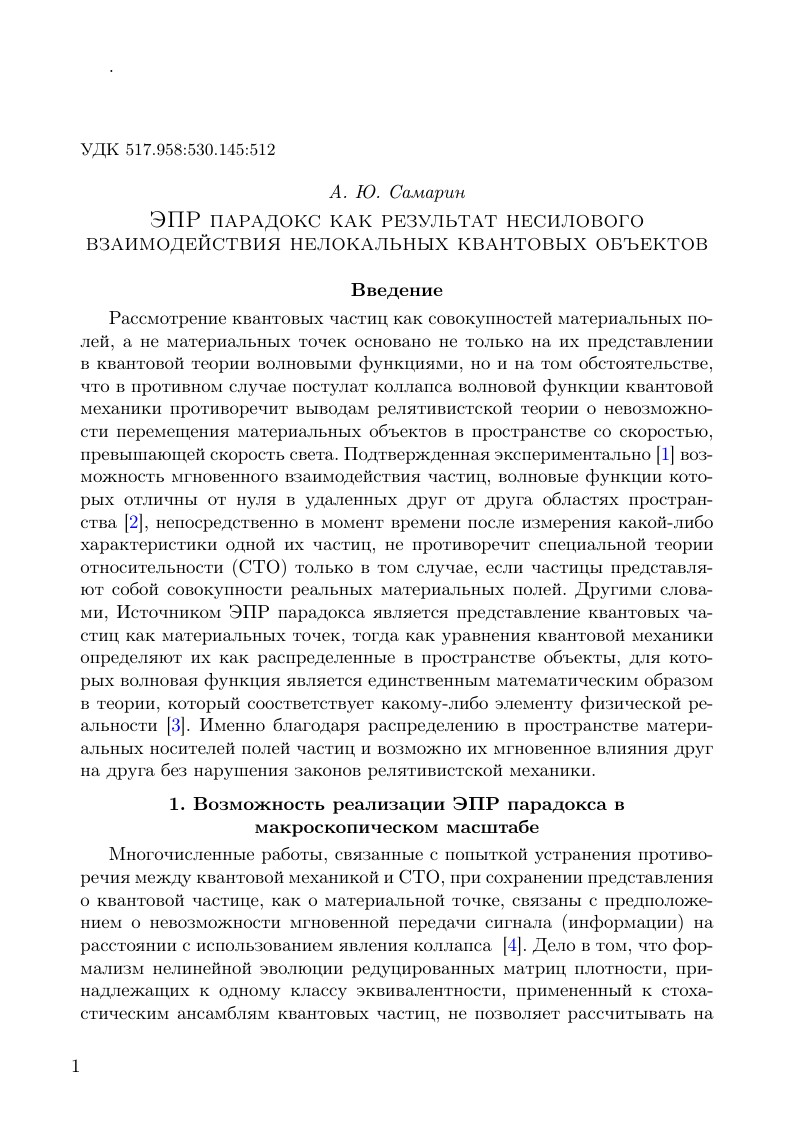
EPR paradox as a result of non-force interaction nonlocal quantum objects This is a LaTeX template (version from 2016 Feb. 17) for preparing documents for All-Russian Scientific Conference of the Mathematical Modeling and Boundary Value Problems [Matem. Mod. Kraev. Zadachi, Samara, Russian Federation]. It was submitted by an author writing for the 10th All-Russian Scientific Conference with international participation (MMiKZ’16).
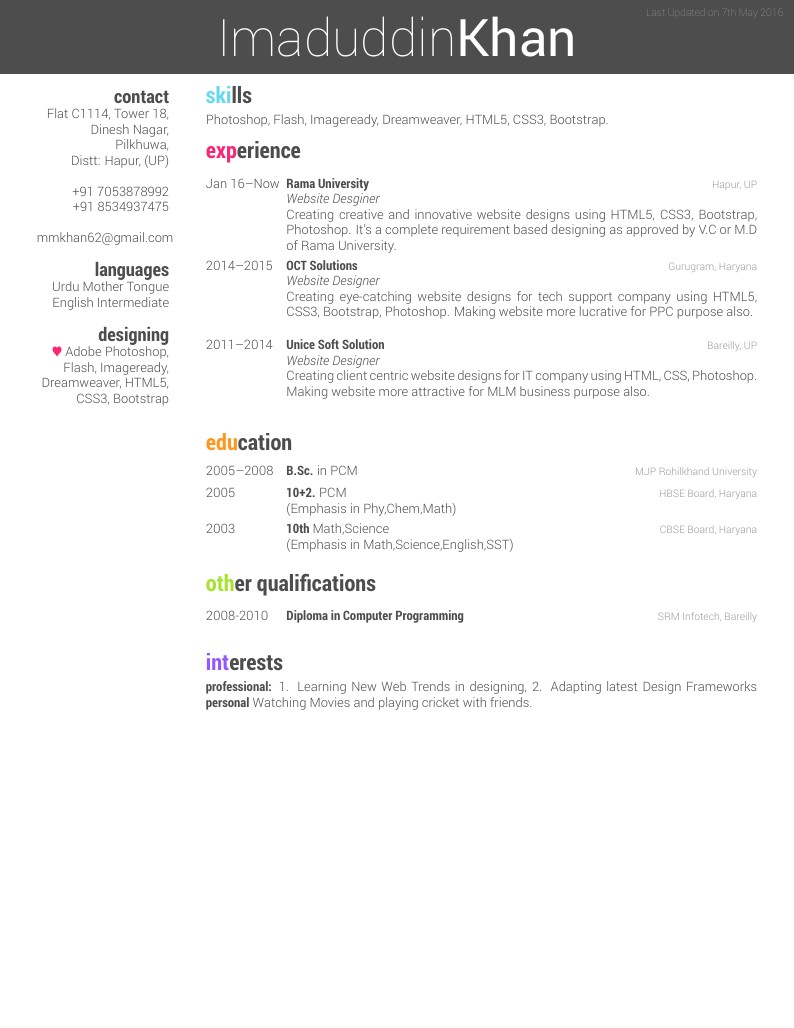
Imaduddin Khan's CV

Fluid Report
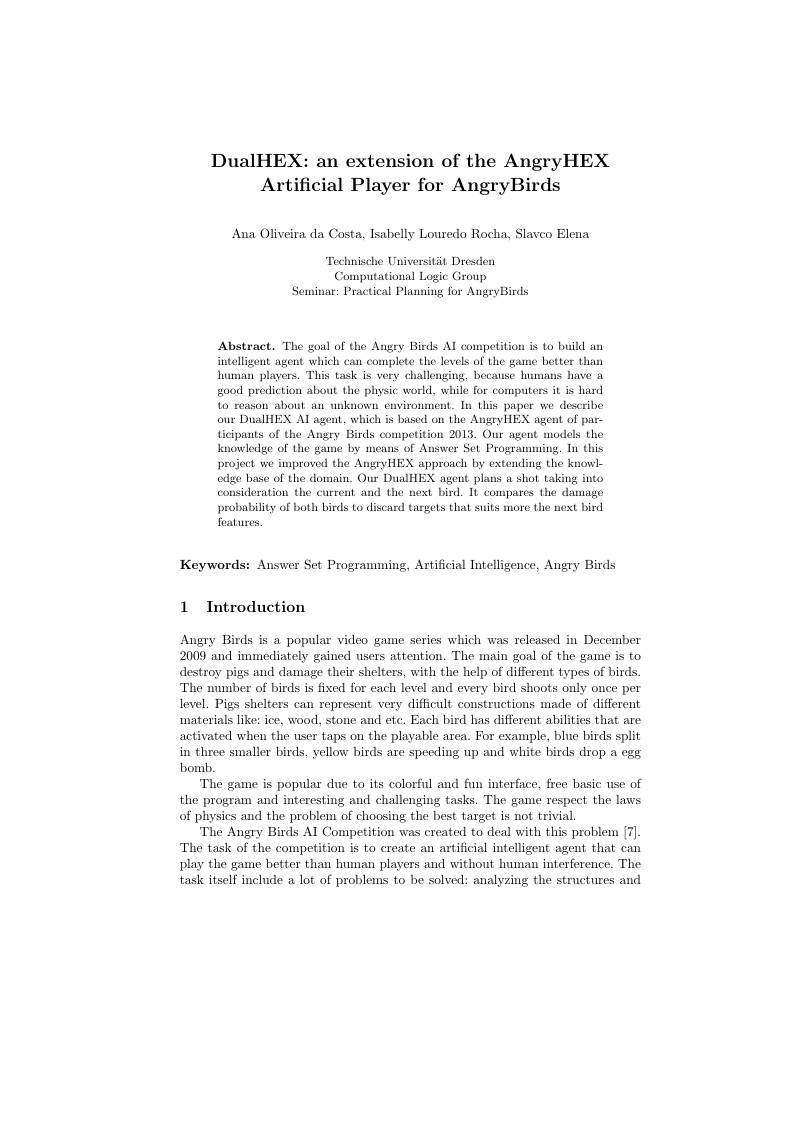
The goal of the Angry Birds AI competition is to build an intelligent agent which can complete the levels of the game better than human players. This task is very challenging, because humans have a good prediction about the physic world, while for computers it is hard to reason about an unknown environment. In this paper we describe our DualHEX AI agent, which is based on the AngryHEX agent of participants of the Angry Birds competition 2013. Our agent models the knowledge of the game by means of Answer Set Programming. In this project we improved the AngryHEX approach by extending the knowledge base of the domain. Our DualHEX agent plans a shot taking into consideration the current and the next bird. It compares the damage probability of both birds to discard targets that suits more the next bird features.
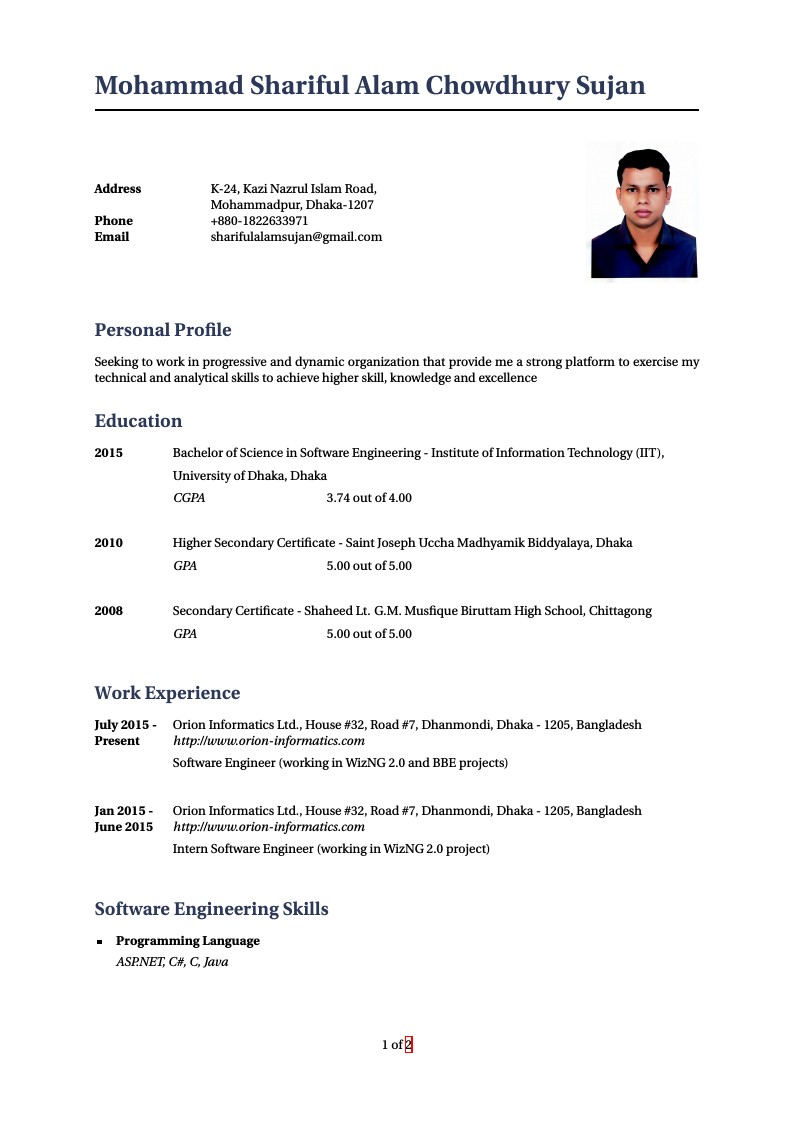
Mohammad Shariful Alam Chowdhury Sujan's CV
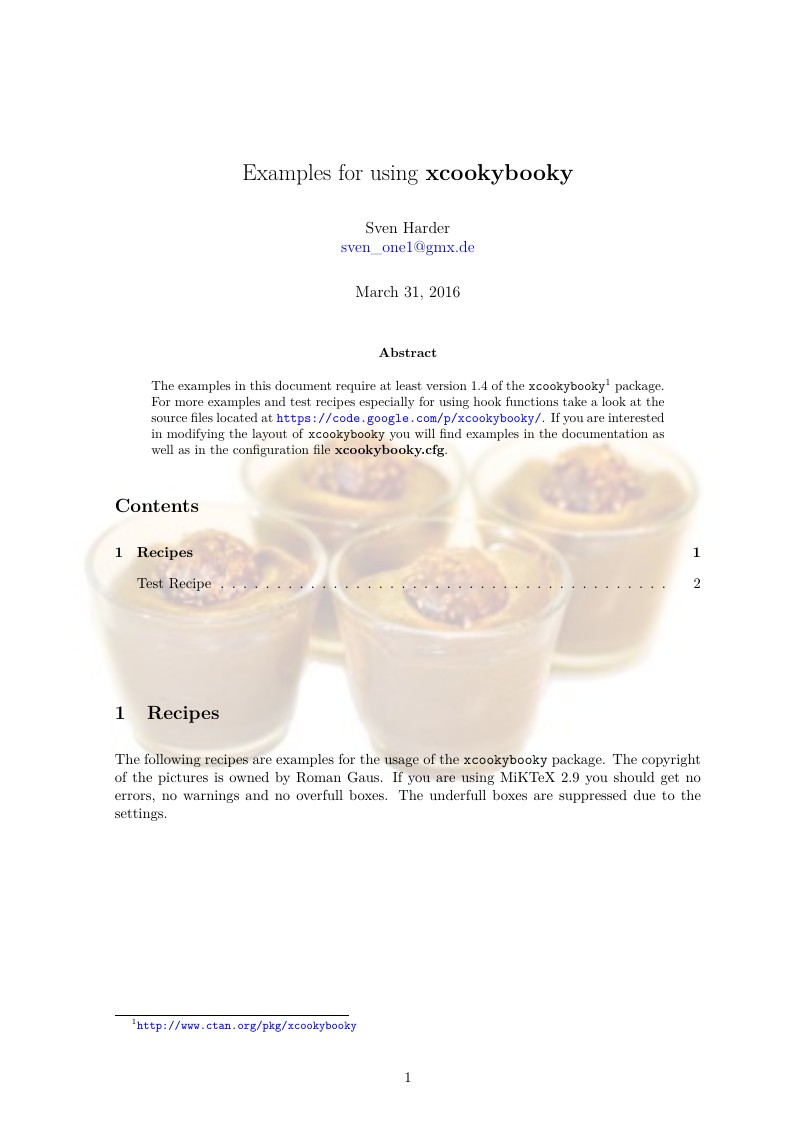
Example for a recipe taken from the xcookybooky package
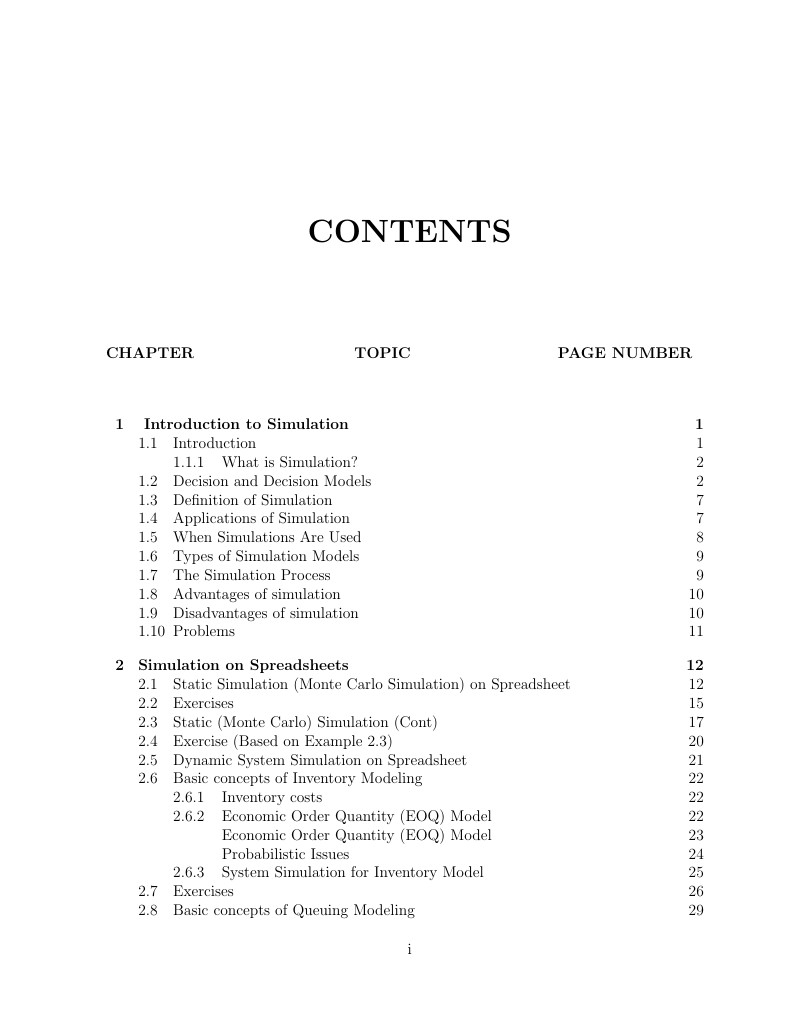
A textbook on simulation
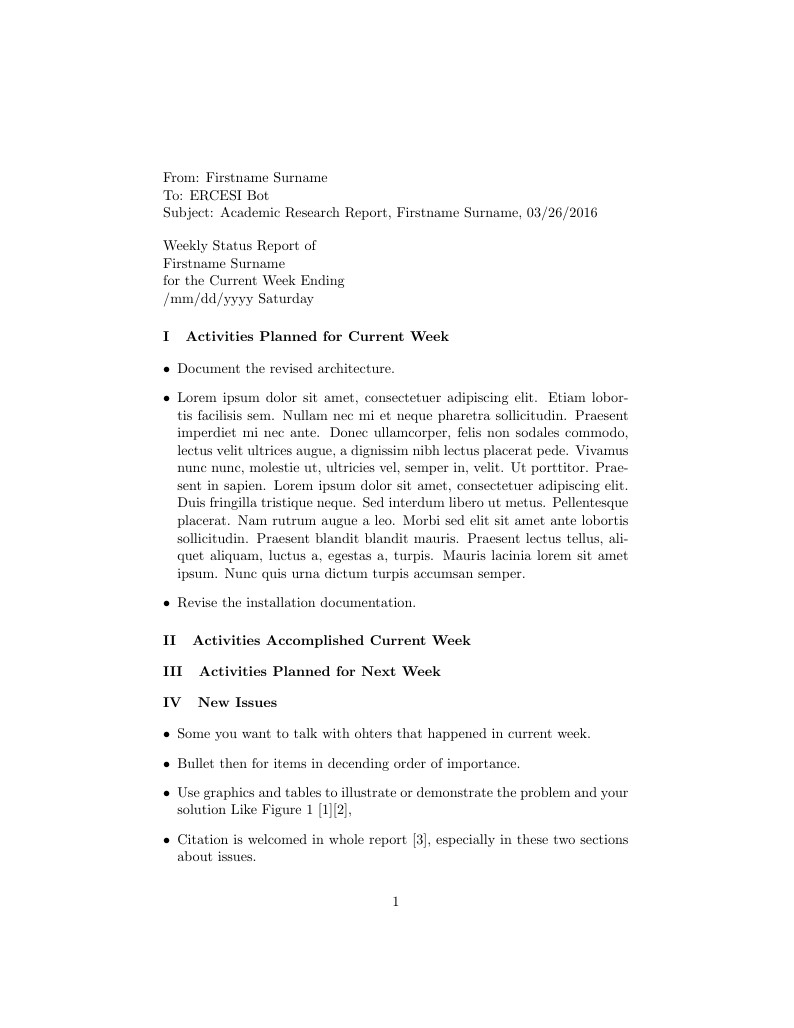
ERCESI Weekly Report template.
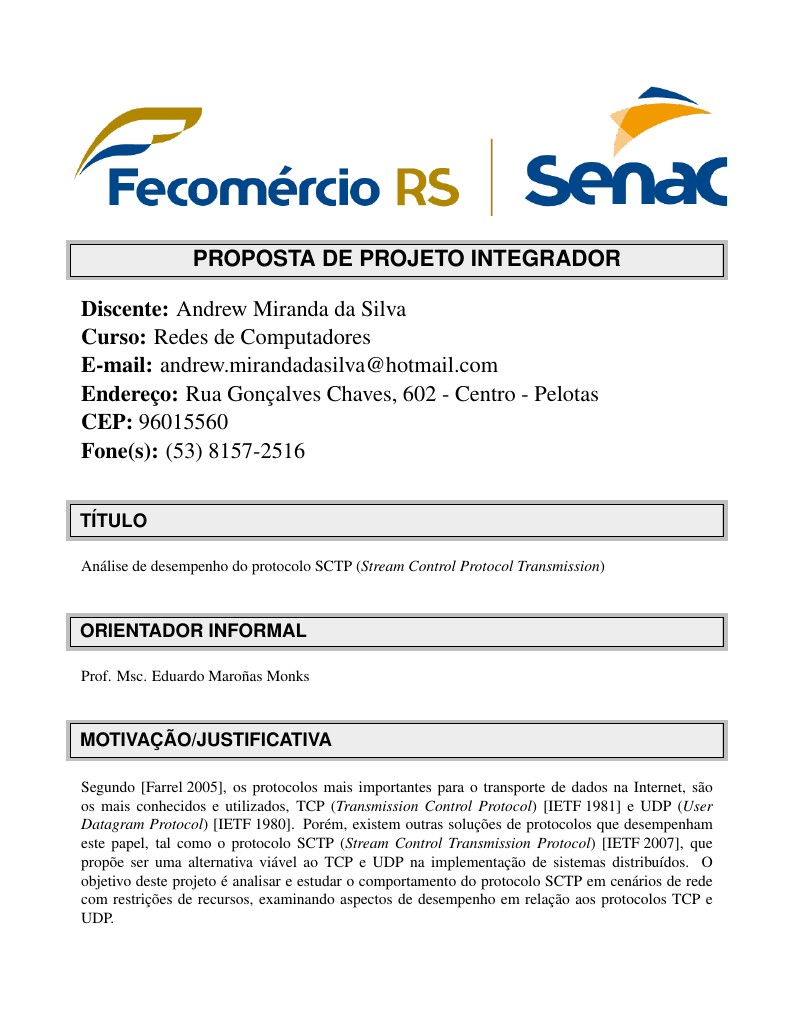
Proposta Projeto Integrador
\begin
Discover why over 20 million people worldwide trust Overleaf with their work.